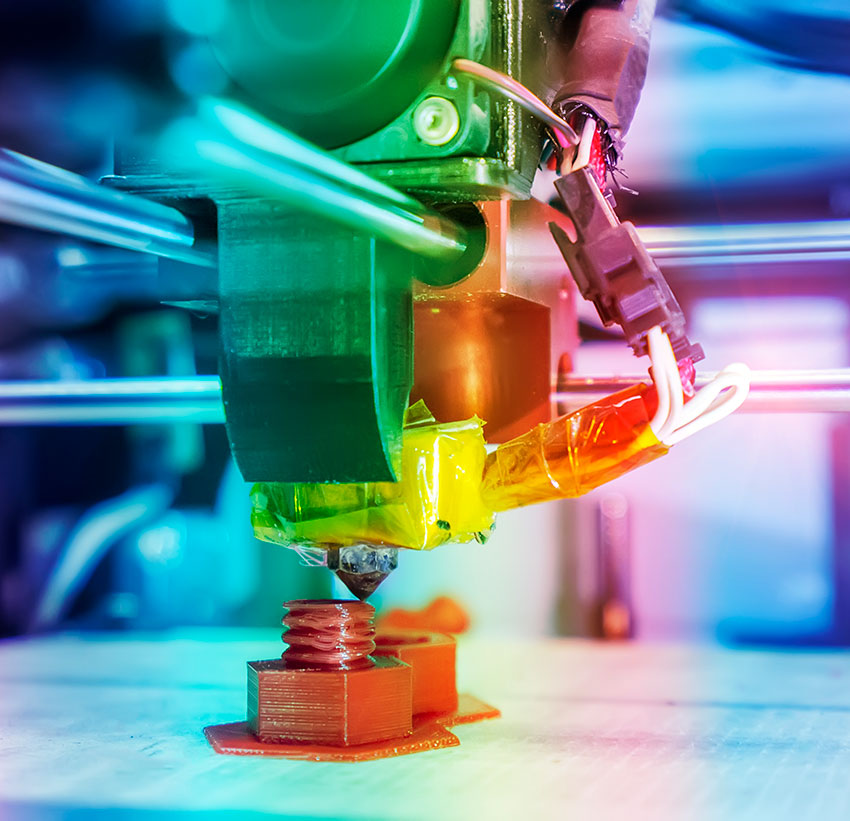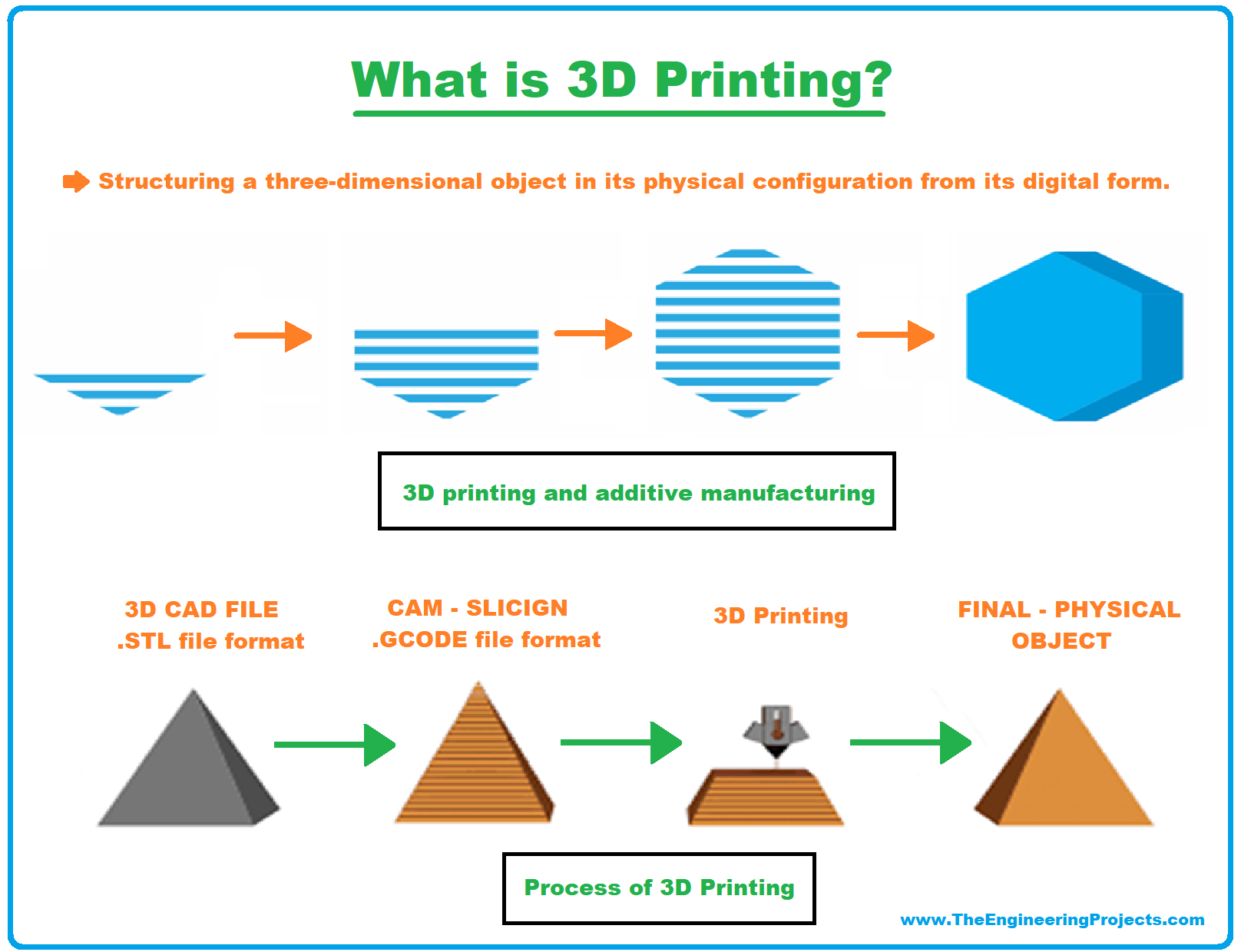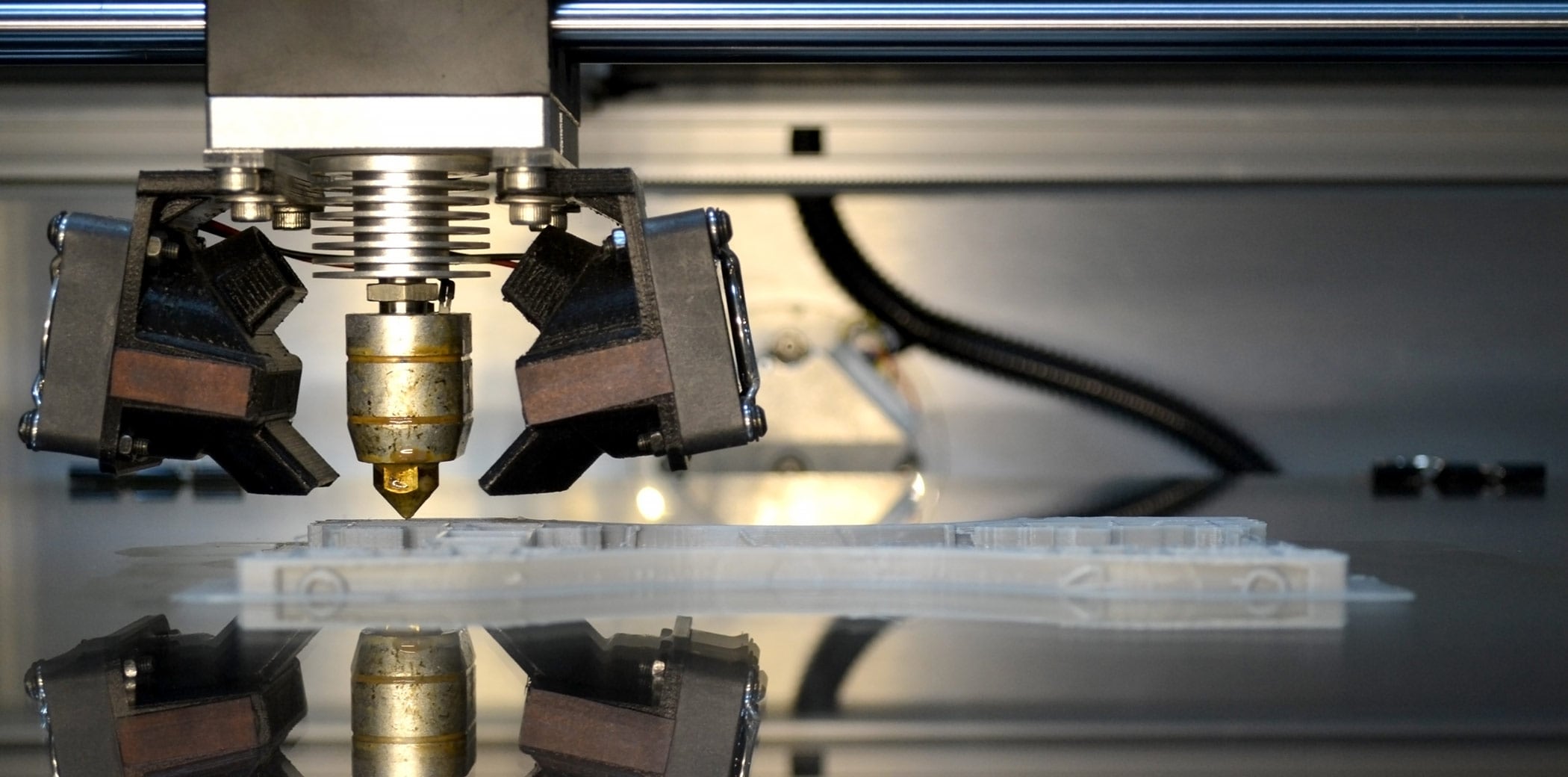How 3D Printing is Used to Regenerate Tissues in Animals

#image_title
3D Printing: An Introduction to an Exciting Technology
3D printing is a term that has been thrown around a lot lately, and for good reason. It’s an incredibly exciting technology that has the potential to revolutionize the way we think about manufacturing, design, and creativity. In this post, we’ll take a closer look at what 3D printing is, how it works, and some of the amazing things that can be created with this technology.
What is 3D Printing?
At its core, 3D printing is a method of creating physical objects from digital designs. It’s often referred to as additive manufacturing, as it involves adding material layer by layer until the desired object is formed. 3D printers use a variety of materials, including plastics, metals, ceramics, and even food, to create objects of all shapes and sizes.
The process of 3D printing begins with a digital design created using computer-aided design (CAD) software. This design is then sliced into thousands of thin layers using specialized software that prepares the file for printing. The 3D printer then reads the file and begins printing the object layer by layer, adding material as it goes.
Types of 3D Printers
There are several types of 3D printers available on the market today, each with its own unique features and capabilities. Some of the most common types of 3D printers include:
Fused Deposition Modeling (FDM) – This is the most common type of 3D printer, and it works by heating a spool of plastic filament and extruding it through a nozzle to create the object.
Stereolithography (SLA) – SLA printers use a liquid resin that is cured with a laser to create the object.
Selective Laser Sintering (SLS) – This type of 3D printing uses a laser to fuse powdered materials, such as nylon or metallic powders, into solid objects.
Digital Light Processing (DLP) – DLP printers use a projector to cure the resin, creating the object layer by layer.
Each type of 3D printer has its own strengths and limitations, and the right choice will depend on the specific needs of your project.
Applications of 3D Printing
One of the most exciting aspects of 3D printing is the wide range of applications it has. From healthcare to aerospace, 3D printing is being used in a variety of different industries. Here are just a few examples of how this technology is being put to use:
Healthcare – 3D printing is being used to create custom prosthetics, dental implants, and even human organs.
Aerospace – 3D printing is being used to create lightweight, high-performance parts for aircraft and spacecraft.
Automotive – 3D printing is being used to create custom parts for vehicles, as well as to create prototypes and models.
Architecture – 3D printing is being used to create models of buildings and structures, as well as to create custom components for construction.
The possibilities of 3D printing are truly endless, and as the technology continues to evolve, we’re sure to see even more exciting applications in the future.
3D Printing is Used to Regenerate Tissues in Animals
3D printing has opened up a world of new possibilities in the field of medicine, and one of the most exciting applications of 3D printing is its use in regenerative medicine. Using 3D printing, scientists have been able to create structures like scaffolds that can support the growth of cells, as well as custom-made implants that can be used to replace damaged tissue. 3D printing has also been used to create organs and tissues for transplantation in animals, with the aim of eventually being able to use the same technology to help humans.
Benefits of 3D Printing
There are many benefits to using 3D printing technology. Here are just a few:
Speed – 3D printing allows for rapid prototyping and production, which can help reduce lead times and speed up the design process.
Cost-effective – 3D printing can be very cost-effective, particularly for small production runs or custom designs.
Complexity – 3D printing allows for the creation of complex geometries and designs that would be difficult or impossible to achieve using traditional manufacturing methods.
Sustainability – 3D printing can help reduce waste by allowing for the creation of precise, custom parts and reducing the need for excess material.
Challenges of 3D Printing
Despite its many benefits, 3D printing is not without its challenges. Here are a few of the most common challenges associated with this technology:
Quality – Achieving high-quality prints can be difficult, particularly when working with complex geometries or using certain types of materials.
Post-processing – 3D prints often require post-processing, such as sanding or painting, to achieve a desired finish.
Material limitations – While 3D printing can create objects using a variety of materials, there are still some limitations in terms of strength, durability, and flexibility.
Cost – While 3D printing can be cost-effective for small production runs, it can become expensive for large-scale production.
Conclusion
3D printing is an incredibly exciting technology with the potential to transform the way we think about manufacturing, design, and creativity. While there are still some challenges associated with this technology, the benefits are clear, and we’re sure to see even more amazing applications in the future. Whether you’re a designer, engineer, or simply someone interested in the latest technology, 3D printing is definitely worth exploring. With its wide range of applications, the possibilities are truly endless.
3d Printing Techniques Used To Fabricate Soft Robots. (i) A Liquid

www.researchgate.net
fabricate robots fdm sla diw selectively deposition movable
3D-Printing Methods: Which One Is Right For Your Project?

www.autodesk.com
3d methods printing impression micke tong right which project autodesk redshift
FAQs About 3D Printing Production | Rapid PSI

www.rapidpsi.com
printing 3d methods faqs different
What Is 3D Printing And How 3D Printing Works?

www.jtproto.com
slicing modeling
What Methods Are Utilized In 3d Printing Process?

www.uidearp.com
utilized nocamels perkembangan sistem informasi tissues bayer
3D Systems Releases On Demand Medical 3D Printing System – Docwire News

www.docwirenews.com
3d printing medical system machine print systems demand future making releases
1. Visualization Of Different 3D Printing Methods (based On [DIL 17

www.researchgate.net
dil
What Is 3D Printing? Definition, Technology And Applications – The

www.theengineeringprojects.com
How 3D Printing Can Help You Build Up Your Business

www.pwc.com.au
examines pulse
What is 3d printing? definition, technology and applications. How 3d printing can help you build up your business. 3d systems releases on demand medical 3d printing system





